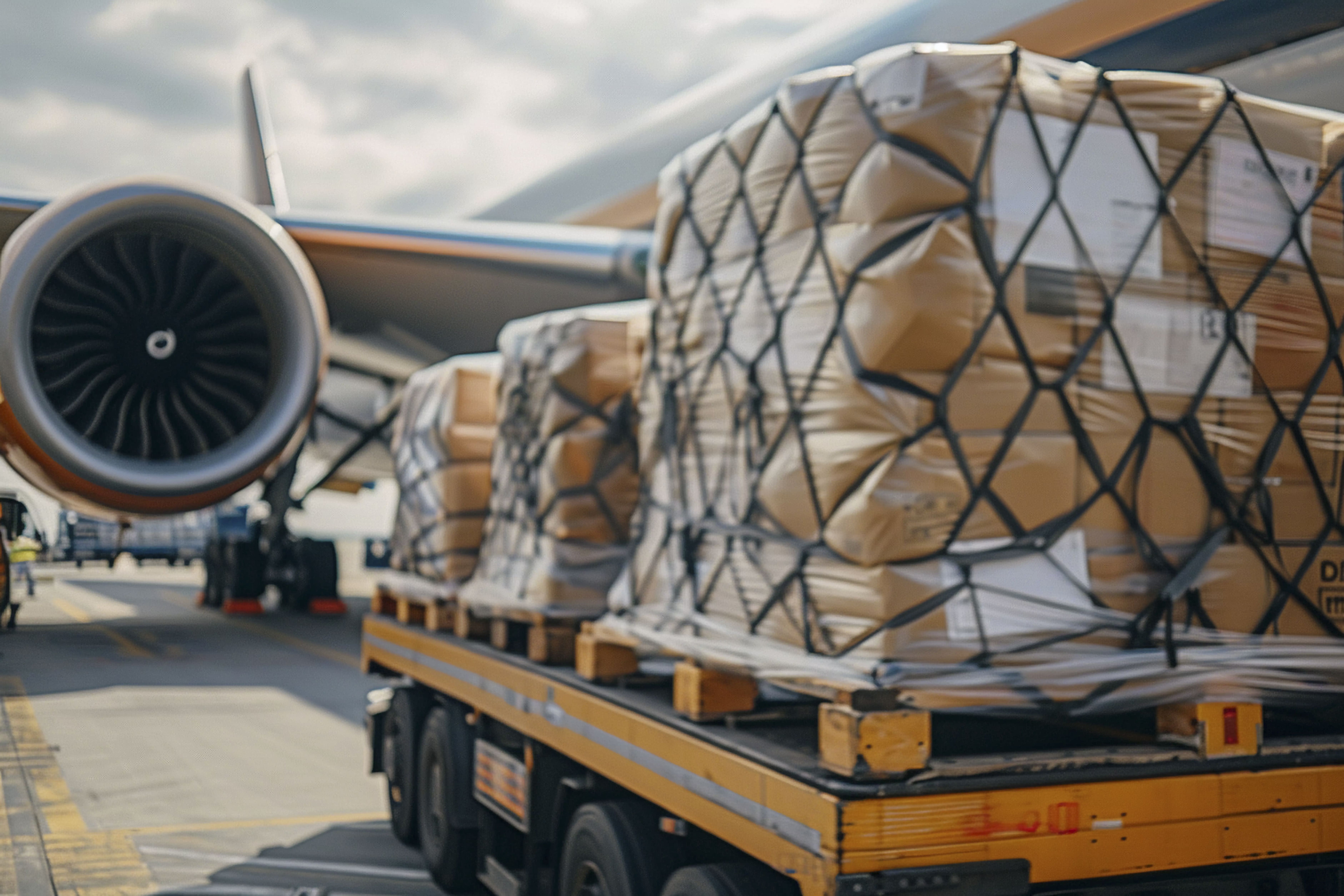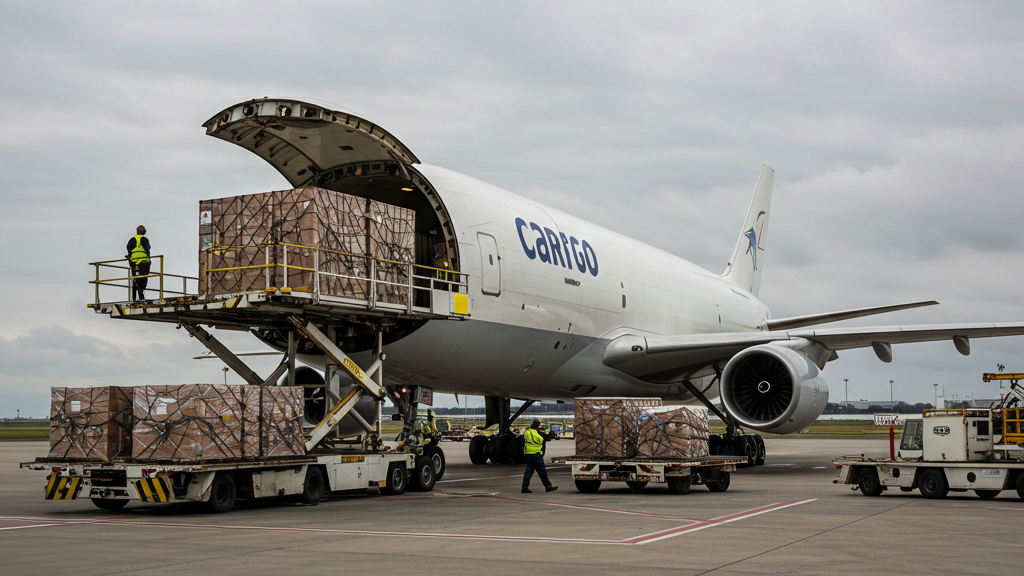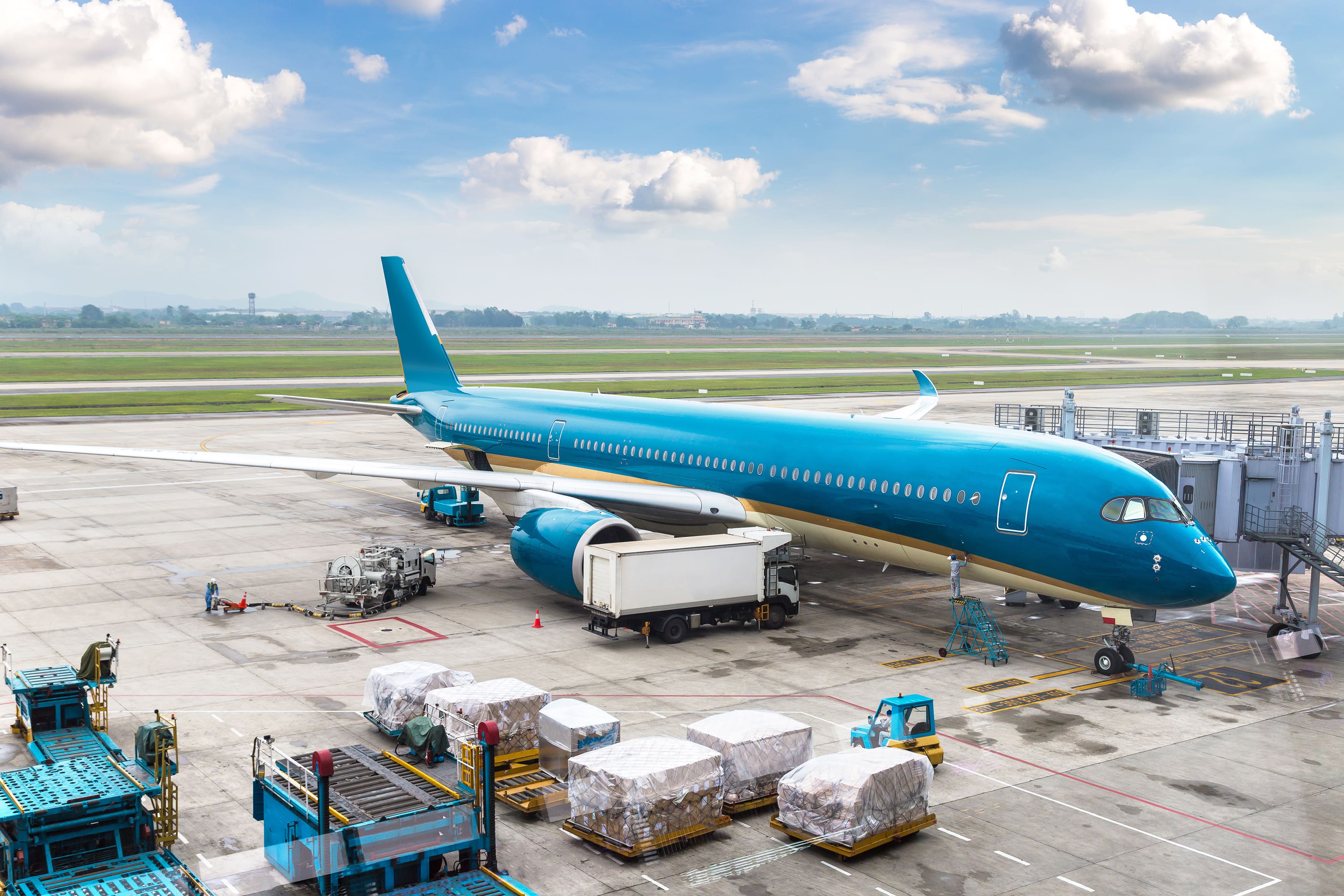The air freight industry has always been the silent backbone of global commerce. Over the last ten years, it has quietly reimagined itself—embracing transparency, digitalization, and sustainability—with a pace and empathy that reflect the real needs of people and businesses who rely on it every day.
A Decade of Change: From Paper to Pixels
Ten years ago, air cargo was a world of paperwork, manual bookings, and opaque processes. Today, the industry is nearly unrecognizable. Digital transformation, once a buzzword, is now the norm. According to IATA, digital booking is expected to surpass offline bookings, with real-time tracking and end-to-end visibility becoming standard. The adoption of AI and API-driven solutions has eliminated much of the manual work, allowing for instant quotes, dynamic pricing, and specialized customer experiences.
Case Study: Cathay Pacific’s Digital Leap
Cathay Pacific Cargo stands out as a pioneer. In India, it was among the first to implement e-airway bills, replacing paper entirely and achieving 100% transparency in shipment tracking. Their partnership with blockchain technology enabled “ONE Record”- a single, unified digital record for each shipment, accessible and traceable by all parties involved. This innovation brought real-time geolocation and complete visibility to the supply chain, setting a new global standard and making Cathay the first airline to successfully execute a fully paperless air cargo transaction.

AI and Automation: The New Nervous System
Artificial intelligence has become the industry’s nervous system. At Hong Kong International Airport, Cathay began deploying AI, three years ago to optimize everything from predictive maintenance to route planning and demand forecasting. These systems analyze vast data streams, anticipate issues before they arise, and help airlines minimize delays and reduce costs, all while improving reliability for customers.
Sustainability: Not Just a Trend, But a Responsibility
Sustainability is no longer optional. According to the International Air Cargo Association, 76% of companies now have a sustainability strategy, and 50% have upgraded fleets to cleaner vehicles.
Cathay Pacific’s sustainability efforts are notably advanced, with investments in sustainable aviation fuel, reduction of single-use plastics, and initiatives to improve local air quality. The industry as a whole has seen a 16% reduction in single-use plastics and a 9% drop in energy consumption in operations over the past few years.
Numbers Tell the Story
- The air freight market is projected to grow at a CAGR of 5.92% from 2024 to 2029, reaching $201.57 billion.
- Over 7,400 companies and 627,600 people work in air cargo, with 28,300 new professionals joining last year alone.
- More than 690 patents have been filed in the last year, reflecting the sector’s relentless innovation.
Why These Changes Matter
For the small business owner waiting on life-saving medical supplies, the parent tracking a child’s birthday gift, or the farmer exporting fresh produce, these changes mean less uncertainty and more trust. The shift to digital, transparent, and sustainable logistics isn’t just about efficiency—it’s about delivering peace of mind in a world that depends on timely, reliable connections.

Looking Ahead
The air freight industry’s transformation is ongoing. With continued investment in digitalization, AI, and sustainability, the next decade promises even greater transparency, reliability, and environmental responsibility. The journey from paper to pixels is not just a technical upgrade; it’s a human one—ensuring that every shipment, and every person behind it, is seen, valued, and connected.

